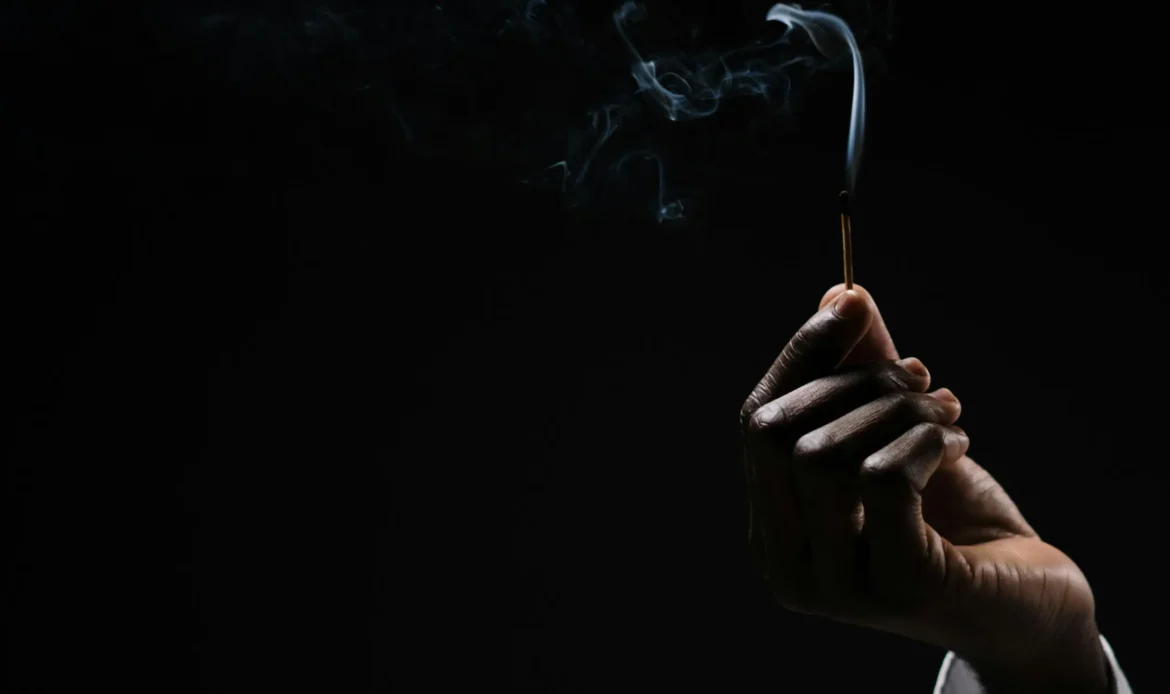When a fire breaks out, the immediate concern is extinguishing the flames. But what happens after the visible fire is out? Often, a hidden danger lingers: smoldering fires. These slow-burning, flameless fires can cause significant damage long after the initial blaze is extinguished. Let’s delve into what smoldering fires are, why they occur, and how they impact restoration efforts.
🧯 What Is a Smoldering Fire?
A smoldering fire is a slow, low-temperature, flameless form of combustion. Unlike flaming fires that burn quickly and visibly, smoldering fires burn slowly and can go unnoticed for extended periods. They often occur in materials like:
- 🪵 Wooden structures
- 🛋️ Upholstered furniture
- 🧱 Insulation materials
- 🌿 Peat and organic soils
These fires can persist for hours, days, or even weeks, producing smoke and heat that can cause extensive damage.
⚠️ Why Do Fires Smolder?
Several factors contribute to smoldering fires:
1. Limited Oxygen Supply
Smoldering occurs when there’s just enough oxygen to sustain combustion but not enough for flames. This often happens in enclosed spaces or within porous materials.
2. High Moisture Content
Materials with high moisture content can suppress flames but still allow smoldering to continue beneath the surface.
3. Dense Materials
Dense materials like thick wood or compacted insulation can trap heat, allowing smoldering to persist internally even after the surface appears extinguished.
🏚️ Impact on Restoration
Smoldering fires pose unique challenges for restoration:
🔍 Hidden Damage
Because smoldering fires can burn beneath surfaces, they often cause hidden structural damage. Walls, floors, and ceilings may appear intact but have compromised integrity.
🌫️ Persistent Smoke Odor
Smoldering produces a significant amount of smoke, leading to lingering odors that are difficult to eliminate without professional intervention.
🦠 Health Hazards
The smoke from smoldering fires contains harmful chemicals and particulates that can pose health risks to occupants, especially those with respiratory issues.
💸 Increased Restoration Costs
The hidden nature of smoldering damage often leads to more extensive repairs, increasing the time and cost of restoration.
🛠️ How ERX Handles Smoldering Fire Restoration
At ERX (Emergency Restoration Xperts), we have the expertise to address the unique challenges of smoldering fires:
🕵️♂️ Comprehensive Inspection
We conduct thorough inspections to identify hidden damage using advanced tools like thermal imaging cameras.
🧼 Deep Cleaning and Deodorization
Our team uses specialized equipment and techniques to remove smoke residues and eliminate persistent odors.
🏗️ Structural Repairs
We assess and repair structural damage caused by smoldering, ensuring your property is safe and sound.
📋 Insurance Assistance
ERX works directly with your insurance company to streamline the claims process and reduce your stress during restoration.
📞 Need Help? Contact ERX Today!
If you suspect smoldering fire damage in your home or business, don’t wait. Contact ERX (Emergency Restoration Xperts) for professional assessment and restoration services.
📱 Call us at (866)-217-7903
🌐 Visit our website: www.erx247.com
❓ FAQs About Smoldering Fires
Q: How can I tell if a fire is smoldering?
A: Look for signs like persistent smoke, a strong smoky odor, or areas that remain warm to the touch long after the fire is out.
Q: Is smoldering fire damage covered by insurance?
A: Most homeowner insurance policies cover fire damage, including smoldering. ERX can help navigate the claims process.
Q: Can smoldering fires reignite?
A: Yes, smoldering fires can reignite if they come into contact with sufficient oxygen and combustible materials.
Q: How long can smoldering fires last?
A: Depending on conditions, smoldering fires can persist for days or even weeks, causing ongoing damage.
Q: What should I do if I suspect smoldering in my home?
A: Evacuate the area and contact professionals like ERX immediately for a thorough inspection and restoration.

